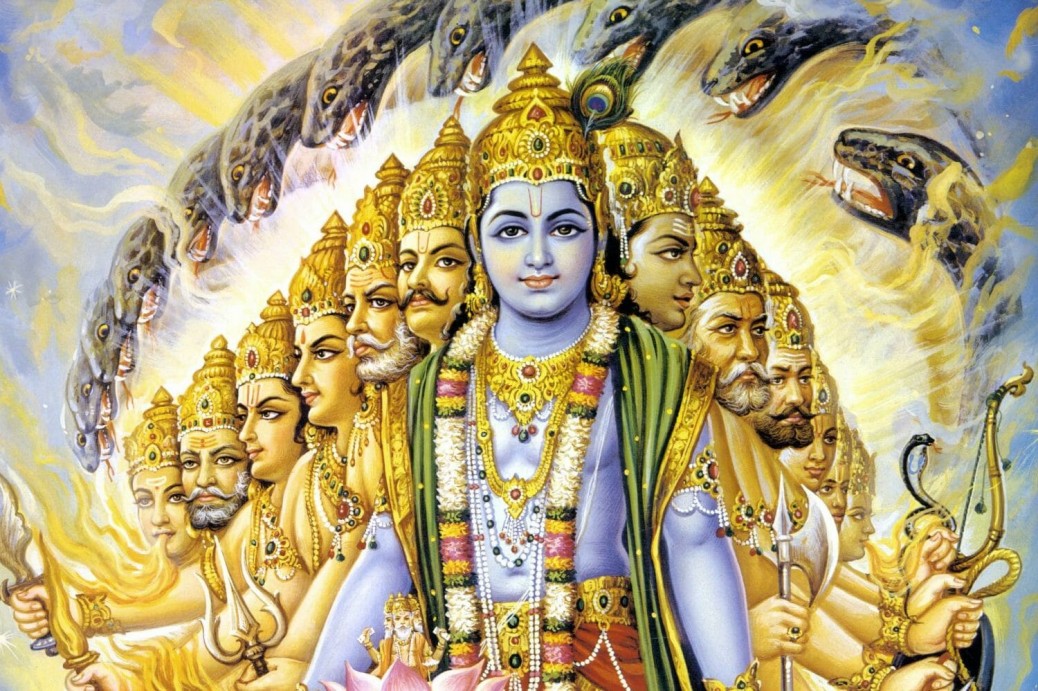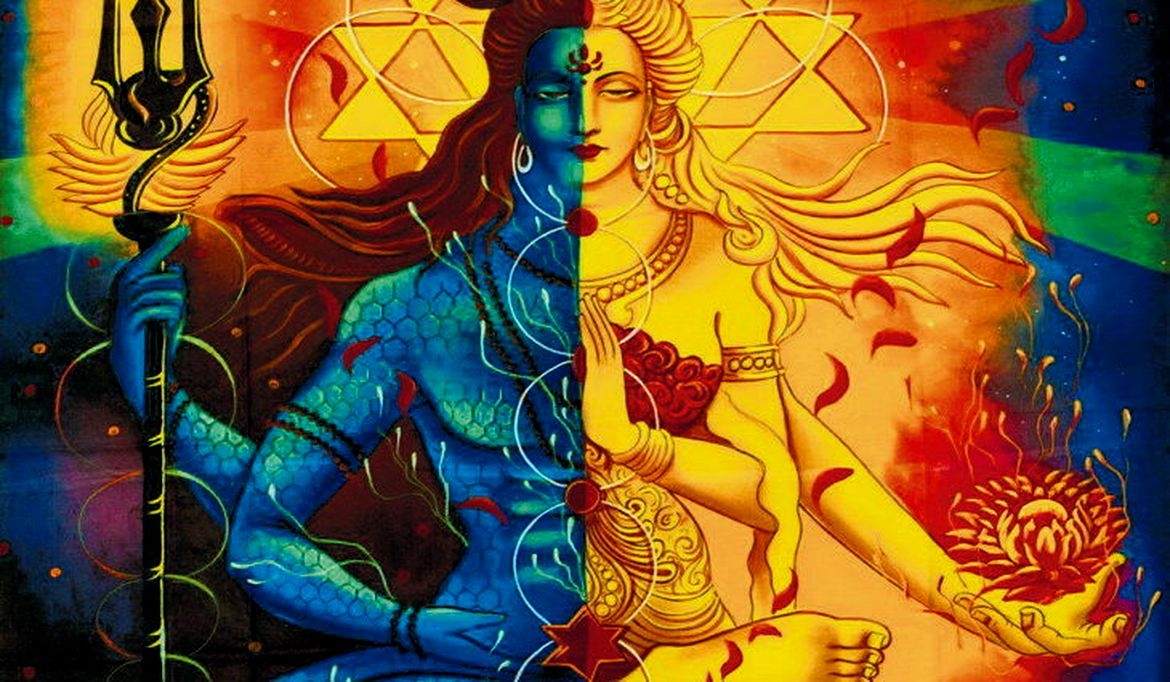Three Types Of Karma – In Gita Verse 18.4 O best of the Bhāratas, now hear My judgement about renunciation. O tiger among men, renunciation is declared in the scriptures to be of three kinds.
Krishna addresses Arjun, urging him to listen to His definitive judgement on renunciation. Krishna emphasises that renunciation is categorised into three distinct types: Satvik, Rajasic, and Tamasic.
Krishna’s use of the term “determination” is significant and should be comprehended deeply. Determination arises in two states of mind. One state is when a conclusion is reached through logic, thought, and analysis. However, such a conclusion is often temporary, subject to change with new arguments and possibilities. This is not true determination but merely a conclusion, which is inherently unstable and transient.
In contrast, Krishna speaks of a determination that is unwavering and immutable, regardless of changing circumstances. This form of determination is not derived from logical confusion but from self-awareness and inner realisation. Unlike scientific conclusions, which evolve with new discoveries and evidence, true determination remains constant and is rooted in experiential certainty.
Krishna’s determination is based on his profound self-awareness and spiritual insight, transcending mere intellectual conclusions. He speaks from a place of experiential knowledge, not theoretical speculation.
When Krishna calls Arjun the best among men, he is emphasising Arjun’s unique and noble character with deep emotion and respect. Arjun’s willingness to bow down and seek knowledge about renunciation and salvation signifies his unique nature. Only individuals with a noble mind inquire about such profound matters, while those focused on material gains remain concerned with transient profits.
Krishna explains that renunciation is of three types: Satvik, Rajasic, and Tamasic. This categorisation aligns with the Sankhya philosophy, which classifies everything into three types.
Before delving into the types of renunciation, it is essential to understand the three types of Karma as per Patanjali’s sutra:
1. Sanchita Karma: This is the accumulated total of all past actions, thoughts, and desires from previous lives.
2. Prarabdha Karma: This is a portion of Sanchita Karma that is to be experienced and worked out in the current life.
3. Kriyaman Karma: This refers to the actions performed in the present moment, which can either add to the Sanchita Karma or help in resolving it.
An individual’s reaction to situations can either perpetuate the cycle of Karma or help in resolving it. Awareness and non-reaction lead to the dissolution of past Karma, while reactive behaviour accumulates more Karma.
Krishna’s teachings emphasise that true freedom is spiritual freedom, which transcends political or external freedom. The bondage of Karma is created through actions performed in unawareness. Actions done in full awareness do not create Karma; they are complete in themselves and leave no trace.
Understanding these concepts of Karma and awareness will facilitate a deeper comprehension of the three types of renunciation that Krishna will elaborate on.
In this verse on renunciation and Karma, Krishna provides profound insights into the essence of true determination, the classification of renunciation, and the journey towards spiritual liberation.
Tags: Three Types Of Karma




